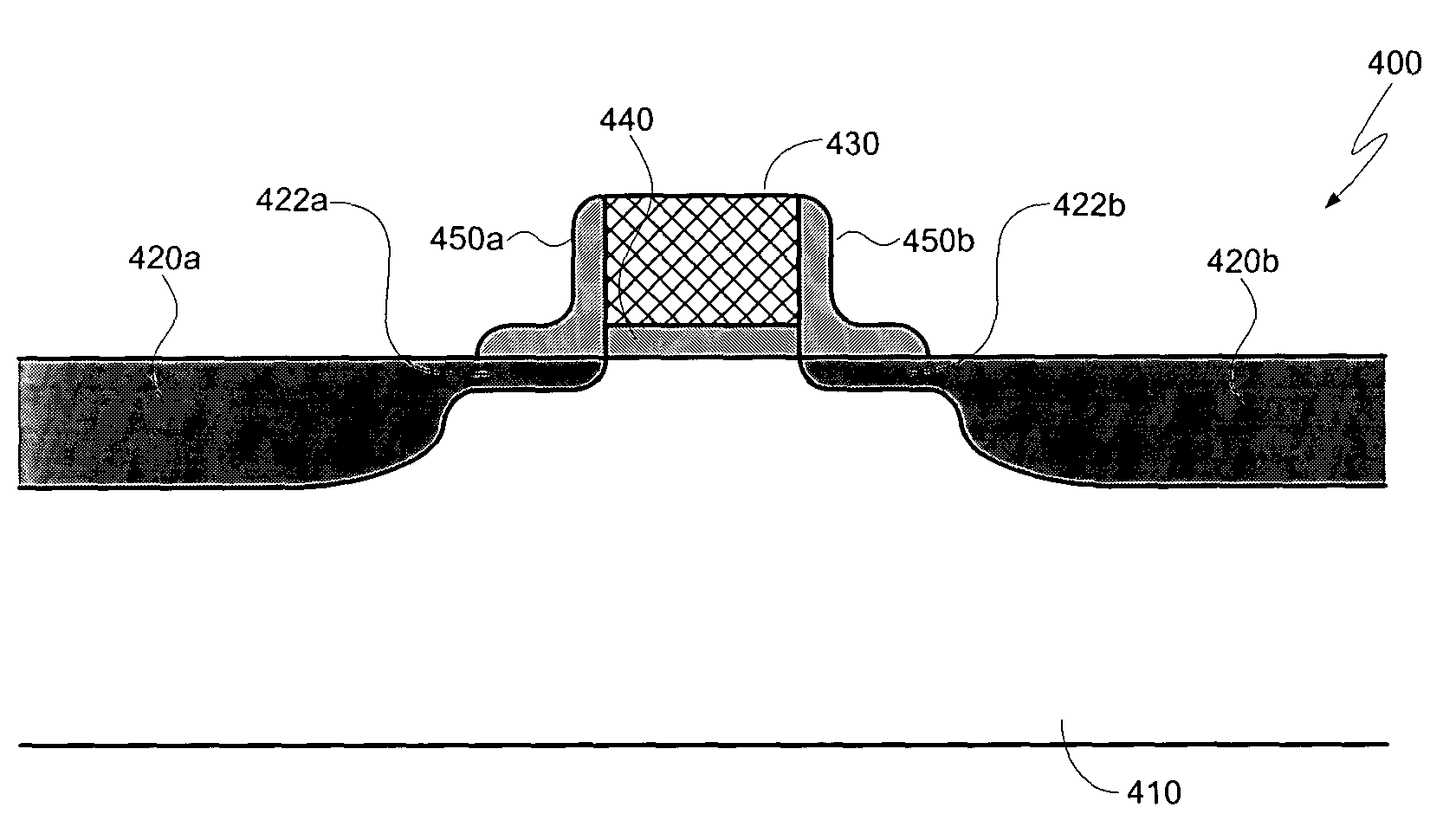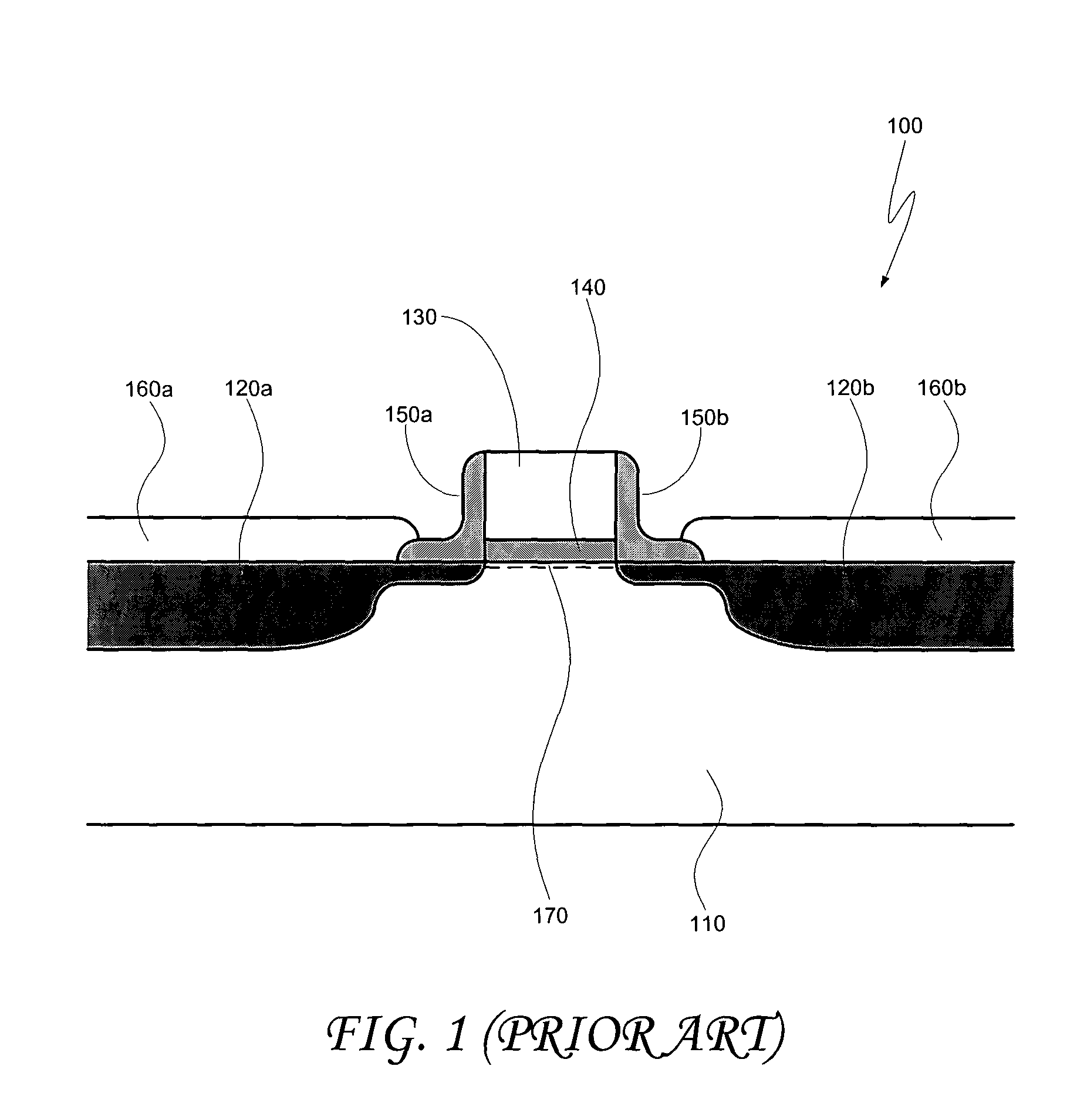Transition metal alloys for use as a gate electrode and devices incorporating these alloys
a technology of metal alloys and gate electrodes, applied in the field of metal alloys, can solve the problems of thermal instability, difficult integration of polysilicon gate electrodes onto high-k gate oxides, and difficult use of metal materials as gate electrodes in nmos and pmos devices,
- Summary
- Abstract
- Description
- Claims
- Application Information
AI Technical Summary
Problems solved by technology
Method used
Image
Examples
Embodiment Construction
[0011] For high performance transistors, it is desirable to have a low, but non-zero, threshold voltage—i.e., the gate voltage at which electrons (or, in the case of p-type devices, holes) begin to flow between the source and drain regions. Many factors can effect the threshold voltage of a transistor, and one of these factors is the work function of the gate electrode material. However, for many transistor designs, most of the other factors that can effect the threshold voltage are “locked in” by design constraints, such that the primary factor determining the transistor's threshold voltage is the work function of the gate electrode. Thus, selection of the gate electrode work function plays a significant role in setting the threshold voltage of an optimized, high performance (e.g., high switching speed, high drive current, etc.) MOSFET device. As noted above, the “work function” of a material, such as a metal, describes the energy level of the most energetic electrons within the ma...
PUM
| Property | Measurement | Unit |
|---|---|---|
| Thickness | aaaaa | aaaaa |
| Thickness | aaaaa | aaaaa |
| Thickness | aaaaa | aaaaa |
Abstract
Description
Claims
Application Information
 Login to View More
Login to View More - Generate Ideas
- Intellectual Property
- Life Sciences
- Materials
- Tech Scout
- Unparalleled Data Quality
- Higher Quality Content
- 60% Fewer Hallucinations
Browse by: Latest US Patents, China's latest patents, Technical Efficacy Thesaurus, Application Domain, Technology Topic, Popular Technical Reports.
© 2025 PatSnap. All rights reserved.Legal|Privacy policy|Modern Slavery Act Transparency Statement|Sitemap|About US| Contact US: help@patsnap.com



